Nationwide protests in China over viral school bullying case have sparked widespread anger, calls for justice, and debate on school accountability. Explore the full story, causes, reactions, and reform efforts.
Introduction
In the summer of 2025, a video of a student being brutally bullied in a classroom in China shocked the nation. Circulating rapidly on platforms like Weibo and Douyin, the footage ignited widespread condemnation, demanding accountability from schools and government authorities. Within days, public outrage evolved into real-world protests in China over viral school bullying case, stretching from major urban centers like Beijing and Shanghai to provincial towns.
These protests are not merely about one video—they reflect years of pent-up frustration about unchecked school violence, lack of institutional support, and a cultural reluctance to confront systemic issues. In this in-depth blog, we will unpack the timeline of events, public and governmental response, legal implications, and the broader context of youth safety in China’s education system.
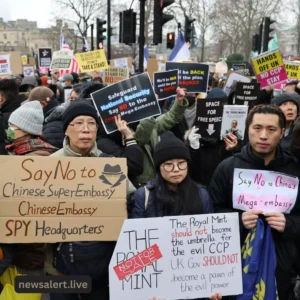
1. The Viral Bullying Incident That Sparked a Movement
It all began with a grainy video that appeared on Douyin on June 28, 2025. It showed a 13-year-old student being slapped repeatedly by a group of classmates while others laughed and recorded the abuse. The school, located in Sichuan province, initially dismissed it as a “normal conflict among teenagers,” but the online backlash was swift and intense.
Parents, students, educators, and celebrities voiced their disgust, leading to the now infamous protests in China over viral school bullying case that have since gone down as one of the largest education-related movements in recent years.

2. The Role of Social Media in Escalating the Issue
The speed at which the video spread was unprecedented. Hashtags like #ProtectOurChildren and #SchoolJusticeForAll trended on Weibo within hours. TikTok (Douyin) creators, influencers, and parents began dissecting the video, sharing their own stories, and encouraging others to protest.
As discussions went viral, so did screenshots of school officials allegedly silencing students and threatening expulsion for those speaking to the media. This further fueled the protests in China over viral school bullying case.
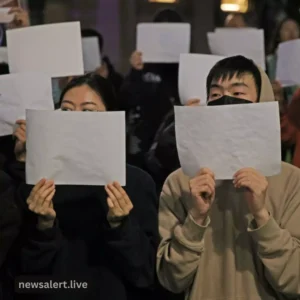
3. Public Response: From Hashtags to the Streets
Within 72 hours of the video leak, protestors gathered outside the school’s main gate. Placards read:
-
“Silence is Violence”
-
“Stop the Bullies, Not the Victims”
-
“Where is Justice?”
Soon, protests spread to other cities including Guangzhou, Wuhan, and Chongqing. Demonstrators included parents, student groups, psychologists, and even former teachers.
These protests in China over viral school bullying case were peaceful, but tensions ran high. Police presence was noticeable but restrained—initially.
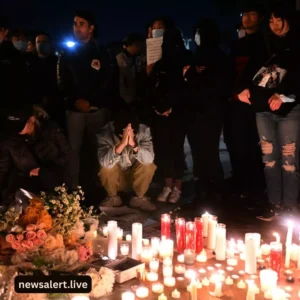
4. Government & School Reaction: Too Late, Too Weak?
Initially, the Education Ministry issued a vague statement urging schools to ensure a “harmonious learning environment.” But after five days of sustained protests, the government initiated a formal investigation. The principal and two teachers were suspended. The bullies were transferred—but not expelled.
The public wasn’t satisfied. Protestors demanded clear anti-bullying policies, legal reforms, and punishment for staff who covered up the abuse.
These protests in China over viral school bullying case pressured the government to consider more transparent and enforceable child protection laws.
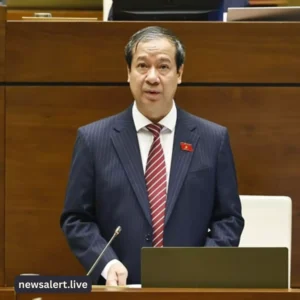
5. Legal Reforms and New Policies Announced
In response, China’s Education Ministry proposed a “Zero Tolerance School Bullying Act” including:
-
Anonymous reporting mechanisms
-
School accountability audits
-
Mandatory teacher training
-
Psychological counseling for all students
Legal analysts noted that the protests in China over viral school bullying case may finally lead to criminal charges against juvenile offenders for physical violence, especially when it involves group assaults.
6. Personal Stories: The Voices Behind the Movement
One mother, Mrs. Liang from Chengdu, said:
“My son faced similar bullying last year, but the school told me not to make noise. I wish I had spoken out earlier. This protest gave me courage.”
Former teacher Mr. Huang shared:
“Many schools prioritize grades over safety. This must change.”
It’s these stories that fueled the heart of the protests in China over viral school bullying case, reminding everyone that behind every trending hashtag is a real child, a real family, and real pain.
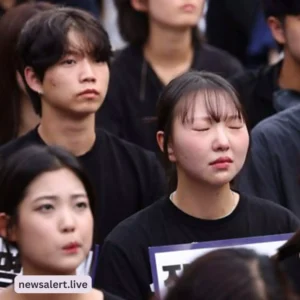
7. Comparative Cases Around the World
Similar viral school bullying videos have ignited protests in countries like South Korea, the U.S., and India. But China’s case stands out due to the level of censorship, speed of viral spread, and the size of the protest movement.
These protests in China over viral school bullying case join a global call to prioritize student mental health, anti-bullying education, and institutional accountability.
8. The Bigger Picture: Youth Rights and Institutional Failure
This incident represents more than one case—it’s a mirror to how power, silence, and bureaucracy collide. China’s rapid digital growth has given voice to youth and parents, but without structural change, protests will continue.
The protests in China over viral school bullying case showed the cracks in the system: untrained teachers, silenced victims, and reactive governance.
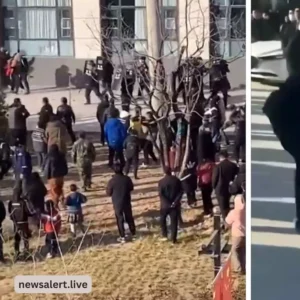
9. What’s Next? Long-Term Impact and Hopes
Following massive pressure, the government launched a national survey on bullying. Student groups are forming peer-support networks. Activists are calling for youth rights education starting at age 10.
Will the protests in China over viral school bullying case create lasting change? That depends on whether society stays engaged, and policymakers follow through on promises.
Conclusion
The protests in China over viral school bullying case have become a defining moment in the nation’s conversation around youth rights, safety, and school reform. What started as a single incident exposed a much larger problem—and forced institutions to listen. It is a stark reminder that silence empowers bullies, but voices—when raised together—can shake systems.
Let this moment not fade. Let it ignite a future where every child feels safe, heard, and protected.
FAQs
Q1: What caused the protests in China over viral school bullying case?
A: A viral video of a student being physically abused by classmates triggered nationwide outrage.
Q2: Which cities witnessed protests?
A: Protests were reported in Beijing, Shanghai, Chengdu, Wuhan, and Guangzhou.
Q3: Were the bullies punished?
A: They were transferred, not expelled. Legal consequences are still pending.
Q4: How did the government respond?
A: Initially slow, but later initiated investigations and proposed reforms.
Q5: What new policies are being discussed?
A: A national anti-bullying law, anonymous reporting, and psychological counseling in schools.








